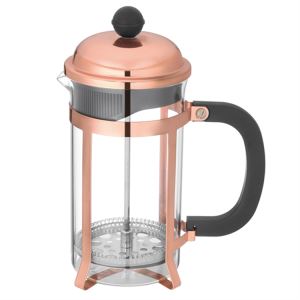


Best French Press Coffee Pot
-
Payment


-
Origin
China Mainland
-
Minimum Order
5
-
Packing
Pieces
- Contact Now Start Order
- Description
Product Detail
Best french press coffee pot
Our company specializes in producing French press. A cylindrical pot with a plunger and built-in filter screen that presses hot water through ground coffee: that's the simple beauty of the French press, method of choice for many the world over, creating an earthy, rich taste in the cup.
1. Product Introduction of the French Press
The french coffee press is made by heat resistant borosilicate glass, resisting high temperature more than 200 degree. Advanced technics makes the products beautiful and practical and durable, strong. Eco-friendly, non-poisonous, all kinds styles.
2. Product Introduction of the French Press
Model NO.: | WY-S016 |
Type: | Coffee Maker&Tea Maker |
Style: | French Press |
Processlng Material: | Coffee Powder&Tea |
Material: | Stainless Steel + Glass |
Package: | One PC/Bag/White Box |
Main Keyword: | French Press |
Specification: | 350ml; 600ml; 800ml; 1000ml |
Capacity: | 1~10 Cups |
Usage: | Home Use,Commercial |
Color: | Natural |
Origin: | China |
HS Code: | 7013490000 |
3.Product Feature And Application of the French Press
Features:
The French press, also called the cafetiere or coffee press, is a cylinder-shaped beaker (usually glass, but often plastic or steel) with a plunger. The piston of the plunger is made of mesh, allowing liquid to flow through it but not the larger coffee grounds.
Name: Stainless steel French Press
Material: Stainless steel + glass
Style: Line Handle Round Cover
Volume: 350ml/600ml/800ml1000ml
Material: Glass+stainless steel
Packing: Bubble bag+single box
4. Production Details of the French Press
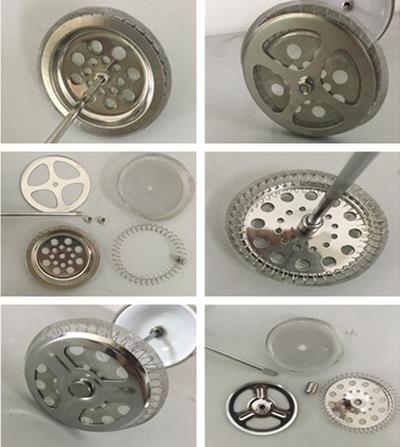

5. Introduction of factory production and packaging
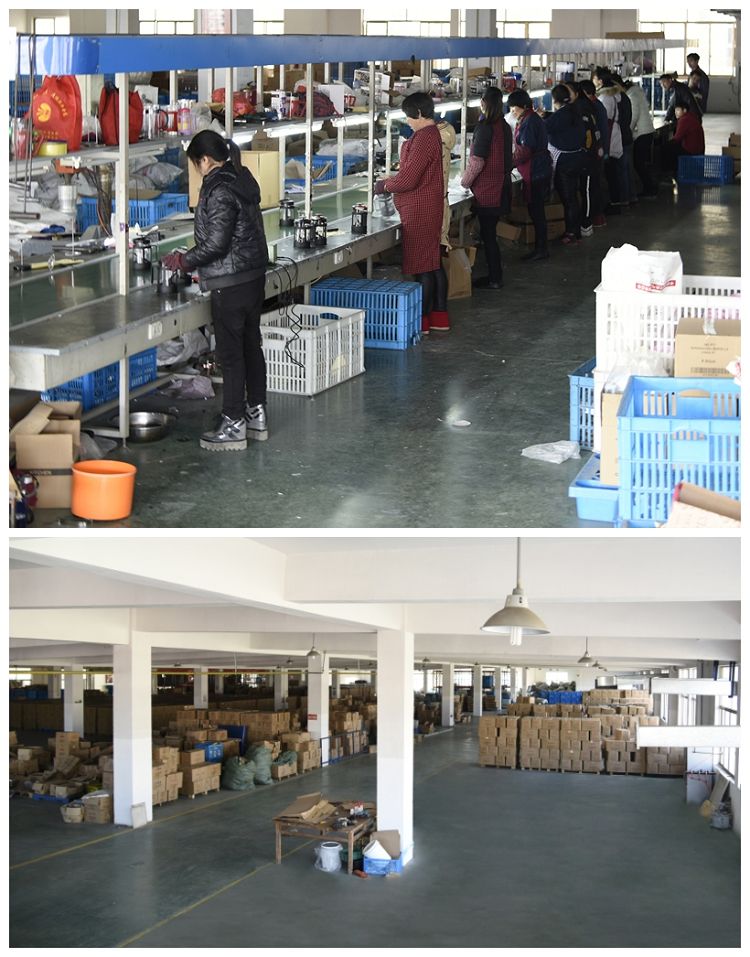
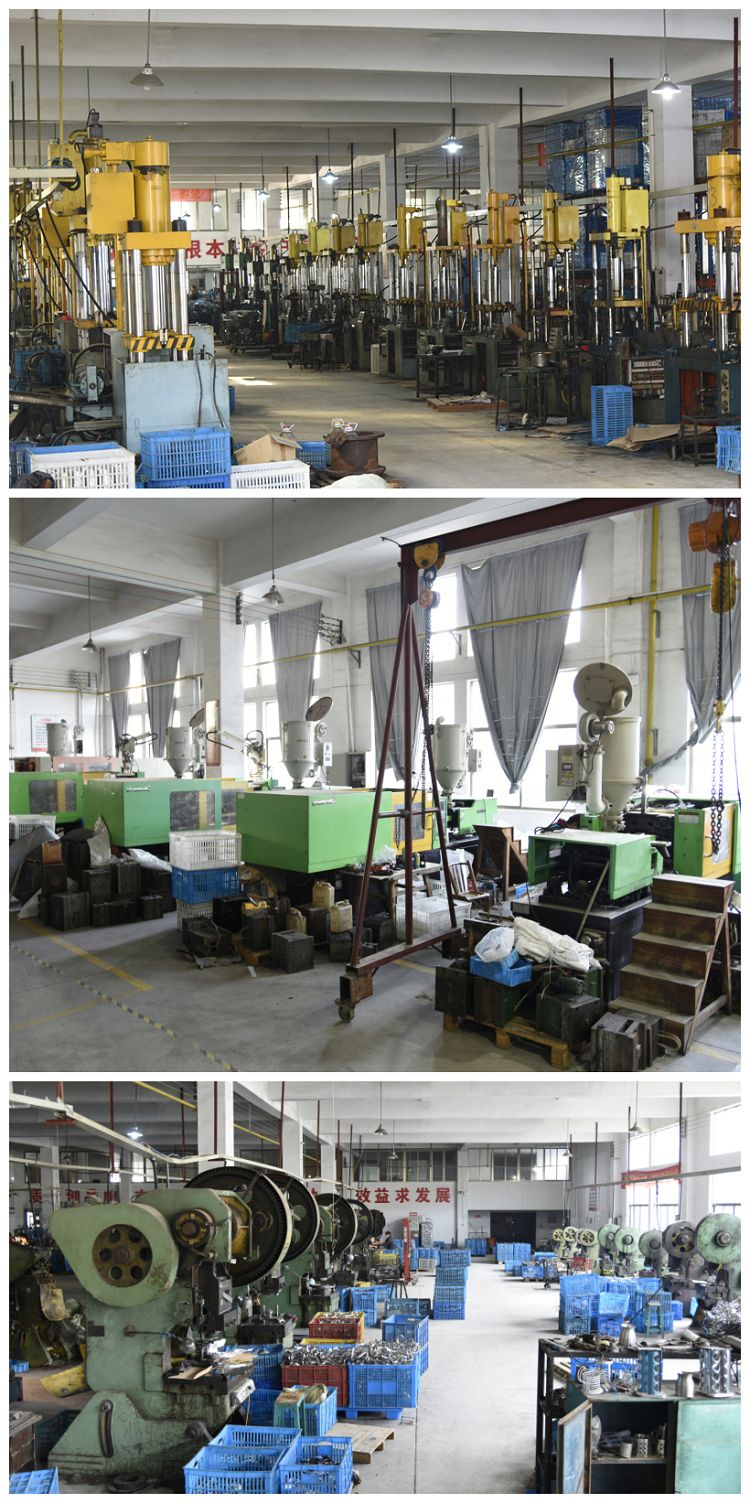
6.French Press Usage method
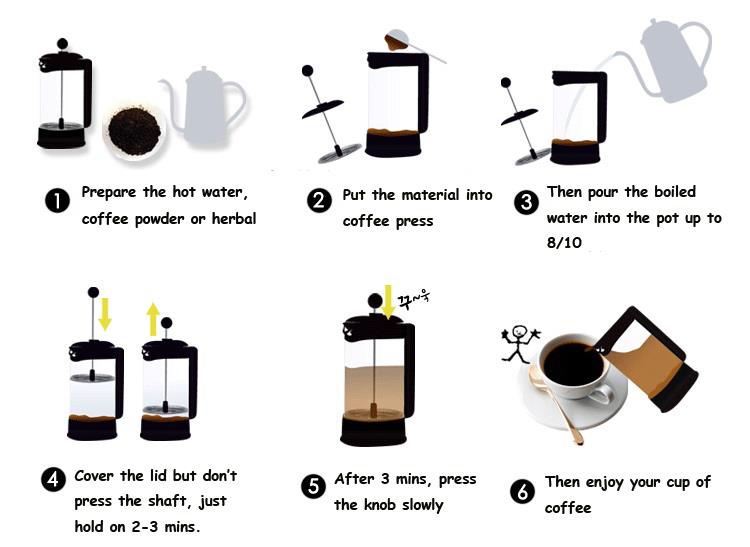
7. Coffee is brewed by placing coarsely ground coffee in the empty beaker and adding hot—between 93–96 °C (199–205 °F)—water, in proportions of about 30 g (1.1 oz) of coffee grounds to 500 ml (17 US fl oz) of water, more or less to taste. The brewing time is about two to four minutes. Then the mesh plunger or piston is pressed, to separate the grounds and hold them at the bottom of the beaker. The mesh piston normally does not compress the coffee grounds, as most designs leave a generous space—about 30 mm (1.2 in)—below the piston in its lowest position. If the brewed coffee is allowed to remain in the beaker with the used grounds, the coffee may become astringent and bitter, though this is an effect that some users of the French press consider desirable.
The earliest credible evidence of either coffee drinking or knowledge of the coffee tree appears in the middle of the 15th century, in Yemen's Sufi monasteries.
Coffee beans were first exported from Ethiopia to Yemen. Yemeni traders brought coffee back to their homeland and began to cultivate the bean. The word qahwa originally meant wine, and Sufis in Yemen used the beverage as an aid to concentration and as a kind of spiritual intoxication when they chanted the name of God. Sufis used it to keep themselves alert during their nighttime devotions. A translation of Al-Jaziri's manuscript traces the spread of coffee from Arabia Felix (the present day Yemen) northward to Mecca and Medina, and then to the larger cities of Cairo, Damascus, Baghdad, and Constantinople. By 1414, the beverage was known in Mecca, and in the early 1500s was spreading to the Mameluke Sultanate of Egypt and North Africa from the Yemeni port of Mocha. Associated with Sufism, a myriad of coffee houses grew up in Cairo (Egypt) around the religious University of the Azhar. These coffee houses also opened in Syria, especially in the cosmopolitan city of Aleppo, and then in Istanbul, the capital of the Ottoman Empire, in 1554. In 1511, it was forbidden for its stimulating effect by conservative, orthodox imams at a theological court in Mecca. However, these bans were to be overturned in 1524 by an order of the Ottoman Turkish Sultan Suleiman I, with Grand Mufti Mehmet Ebussuud el-Imadi issuing a fatwa allowing the consumption of coffee. In Cairo, Egypt, a similar ban was instituted in 1532, and the coffeehouses and warehouses containing coffee beans were sacked.During the 16th century, it had already reached the rest of the Middle East, the Safavid Empire and the Ottoman Empire. From the Middle East, coffee drinking spread to Italy, then to the rest of Europe, and coffee plants were transported by the Dutch to the East Indies and to the Americas.
Similarly, coffee was banned by the Ethiopian Orthodox Church some time before the 18th century.However, in the second half of the 19th century, Ethiopian attitudes softened towards coffee drinking, and its consumption spread rapidly between 1880 and 1886; according to Richard Pankhurst, "this was largely due to Emperor Menilek, who himself drank it, and to Abuna Matewoswho did much to dispel the belief of the clergy that it was a Muslim drink."
The earliest mention of coffee noted by the literary coffee merchant Philippe Sylvestre Dufour is a reference to bunchum in the works of the 10th century CE Persian physician Muhammad ibn Zakariya al-Razi, known as Rhazes in the West, but more definite information on the preparation of a beverage from the roasted coffee berries dates from several centuries later. One of the most important of the early writers on coffee was Abd al-Qadir al-Jaziri, who in 1587 compiled a work tracing the history and legal controversies of coffee entitled Umdat al safwa fi hill al-qahwa He reported that one Sheikh, Jamal-al-Din al-Dhabhani (d. 1470), mufti of Aden, was the first to adopt the use of coffee (circa 1454).
He found that among its properties was that it drove away fatigue and lethargy, and brought to the body a certain sprightliness and vigour.
- Red Square French Press 5 Pieces / (Min. Order)
- Silver Grey French Press 5 Pieces / (Min. Order)
- Gold Spray Paint French Press 5 Pieces / (Min. Order)
- Champagne Square French Press 5 Pieces / (Min. Order)
- Brass French Press 5 Pieces / (Min. Order)
- Heat Resistant Borosilicate Glass Tea Maker 5 Pieces / (Min. Order)
- French Press with Stainless Steel Handle 5 Pieces / (Min. Order)
- French Press with Filter 5 Pieces / (Min. Order)
- Borosilicate Glass Coffee Tea Maker 5 Pieces / (Min. Order)
- Spray Color French Press 5 Pieces / (Min. Order)
- Coffee Tea Makers French Press 5 Pieces / (Min. Order)
- Brew Tea Coffee Maker 5 Pieces / (Min. Order)
- The Best French Press Pot 5 Pieces / (Min. Order)
- 8 Cup French Press 5 Pieces / (Min. Order)
- French Press Coffee Pot Cozy 5 Pieces / (Min. Order)
- French Press Plunger 5 Pieces / (Min. Order)
- Line Handle Round Cover French Press 5 Pieces / (Min. Order)
- French Tea Press Pots 5 Pieces / (Min. Order)
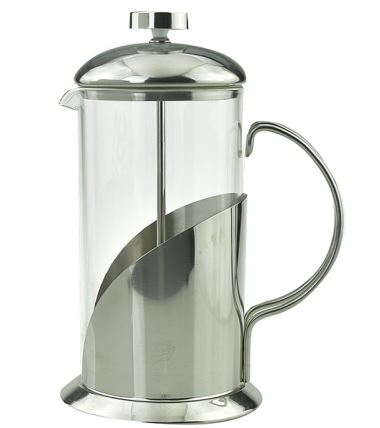
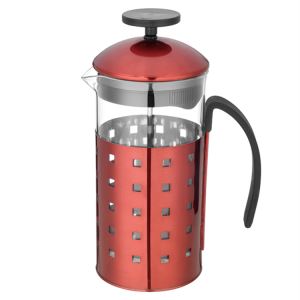
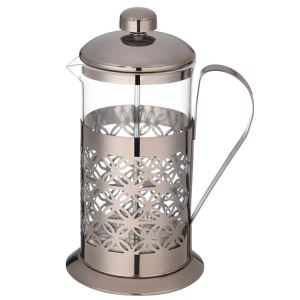
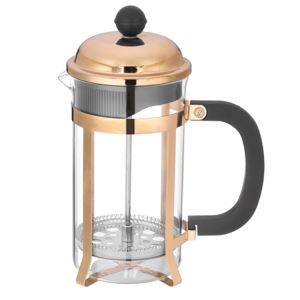
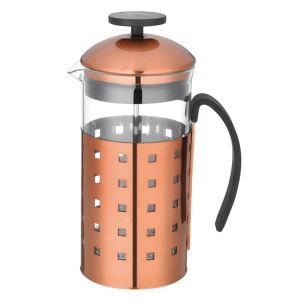
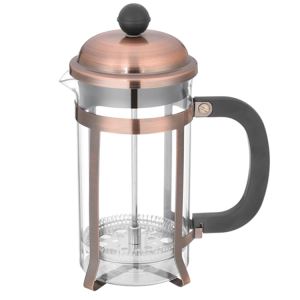

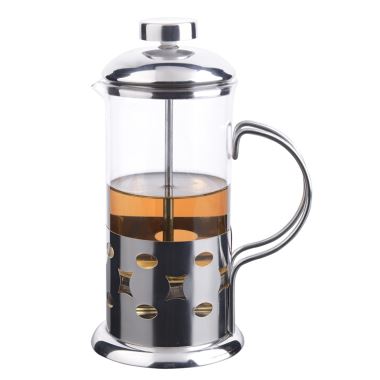
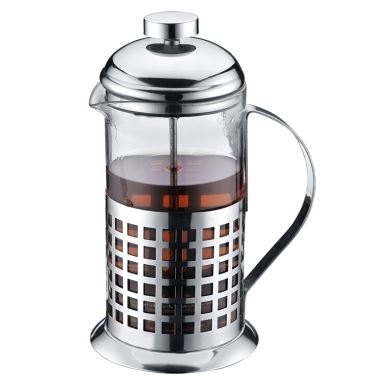
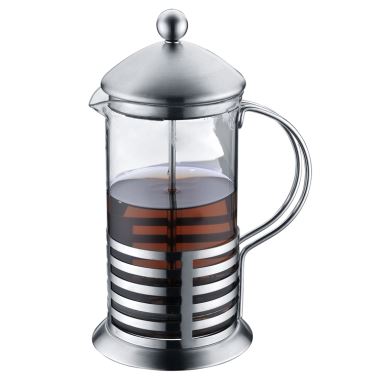
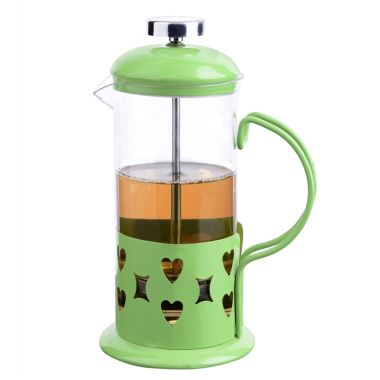
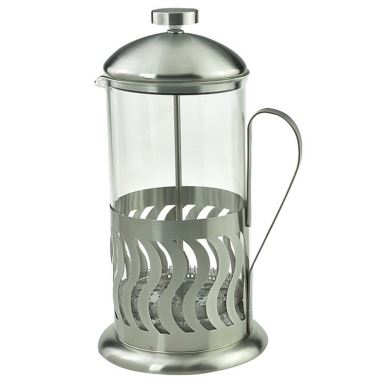

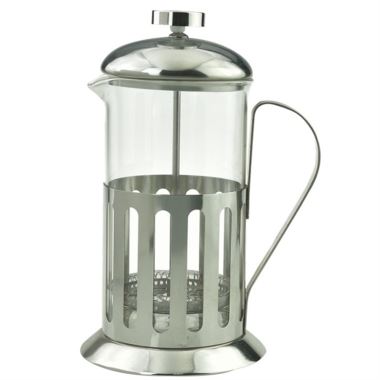
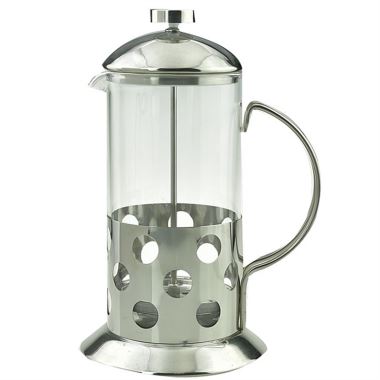
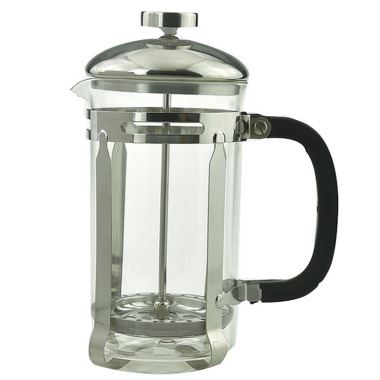
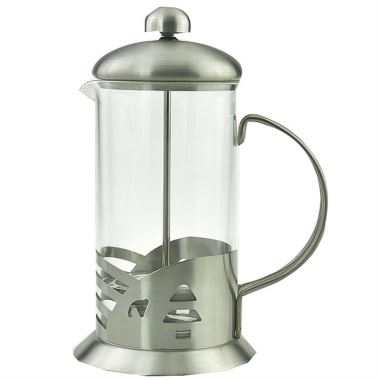
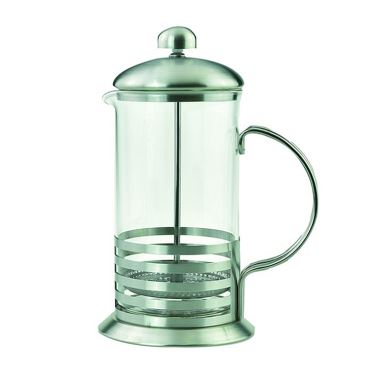

 Favorites
Favorites

